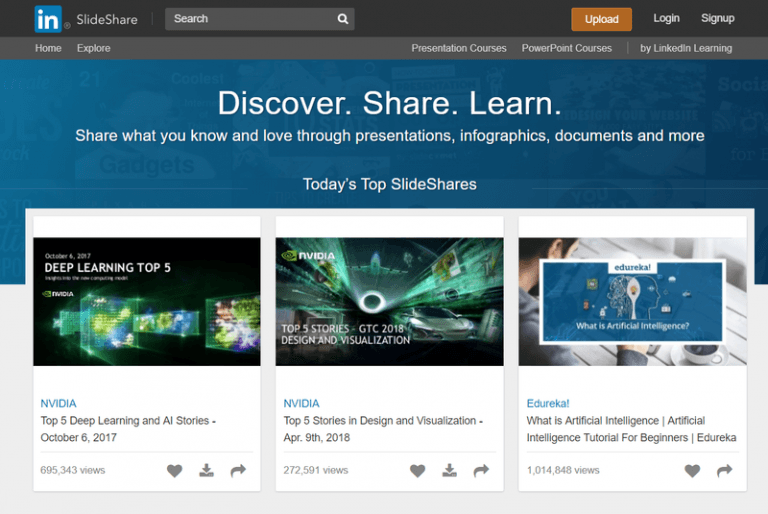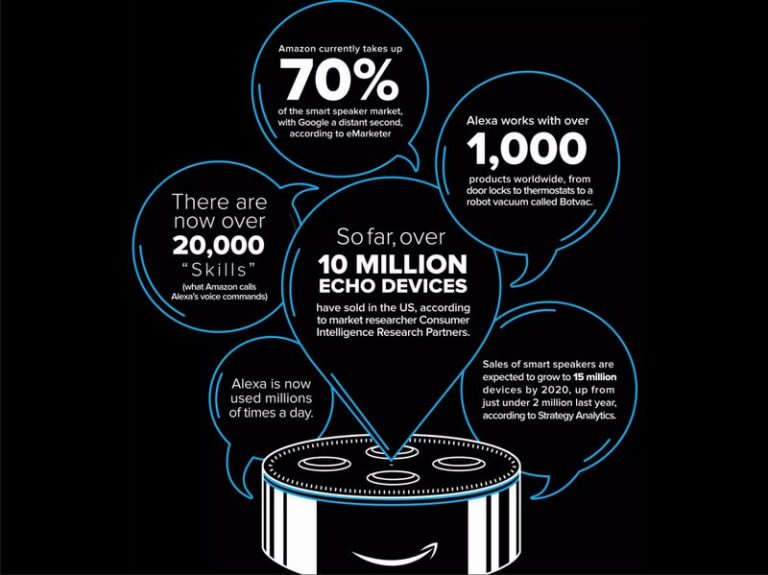Content is the fuel that engages your audience on social media. To engage (meaning) to succeed in attracting and keeping somebody’s attention and interest. Here are nine proven ways to create and share engaging social media content. Stop Using Text, Start Showing. … Use High-Quality Stock Photography. … Recycle Your Evergreen Content into Infographics. … […]
The Death of Microsoft’s LinkedIn’s SlideShare
In 2016, SlideShare had over 70 million unique visitors per day, and it was listed by Alexa as one of the top 100 most visited websites in the world. At its peak, it was such a powerhouse that Obama used the network to post his birth certificate. It also stood for years as a premier […]
Top Content Creators use the title “How a Brand Does Something”
Top Content Creators often use articles with a title similar to the following template: How (Brand) Is Doing (Something) to Achieve (Result) to Draw a Bigger Audience Why this content model works | (name-jacking) Brand name recognition Nielsen wanted to determine why people purchased specific products. What did it find? Brand! Influencer involvement […]
We May Be Driving and Living in Alexa’s World
Why We May Soon Be Driving and Living in Alexa’s World Unless Google or Apple’s will say I do! Amazon’s voice assistant has wormed herself into our lives, and into much of the culture beyond, When Amazon unveiled Alexa three and a half years ago, it was roundly jeered. Now, against all expectations, even […]
During the 2016 US election you might have followed Russian Hacker Fake News
Facebook has a new tool that will inform if you followed Russian Hacker propaganda or as Trump puts it, Fake News. In a stark admission that Russia probably did influence the 2016 US election, amongst other events (hello Brexit), the tech giant will now tell you if you like or follow a page from a […]




